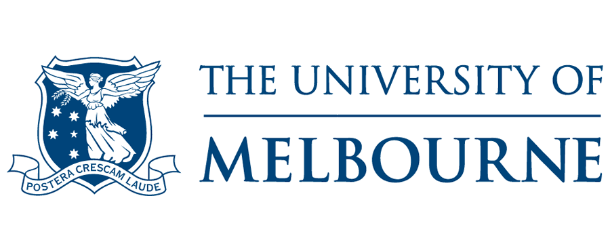Building a silicon quantum computer chip atom by atom

(SciTechDaily) A new technique perfected by a University of Melbourne-led team that embeds single atoms in silicon wafers mirrors methods used to build conventional devices. The new silicon computer chip technique opens up quantum computing construction possibilities and could mean quantum computers could be constructed cheaply and reliably.
The new technique – developed by Professor David Jamieson and co-authors from UNSW Sydney, Helmholtz-Zentrum Dresden-Rossendorf (HZDR), Leibniz Institute of Surface Engineering (IOM), and RMIT – can create large scale patterns of counted atoms that are controlled so their quantum states can be manipulated, coupled and read-out.
The technique takes advantage of the precision of the atomic force microscope, which has a sharp cantilever that “touches” the surface of a chip with a positioning accuracy of just half a nanometre, about the same as the spacing between atoms in a silicon crystal.
The team drilled a tiny hole in this cantilever, so that when it was showered with phosphorus atoms one would occasionally drop through the hole and embed in the silicon substrate.
The key was knowing precisely when one atom – and no more than one – had become embedded in the substrate. Then the cantilever could move to the next precise position on the array.
The team discovered that the kinetic energy of the atom as it plows into the silicon crystal and dissipates its energy by friction can be exploited to make a tiny electronic “click.”
First author, University of Melbourne’s Dr. Alexander (Melvin) Jakob said highly specialized equipment was used for the collaboration.
“We used advanced technology developed for sensitive x-ray detectors and a special atomic force microscope originally developed for the Rosetta space mission along with a comprehensive computer model for the trajectory of ions implanted into silicon, developed in collaboration with our colleagues in Germany,” Dr. Jakob said.
“With our Centre partners, we have already produced ground-breaking results on single atom qubits made with this technique, but the new discovery will accelerate our work on large-scale devices.”



















